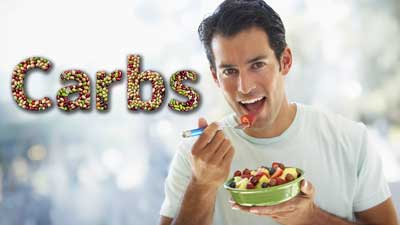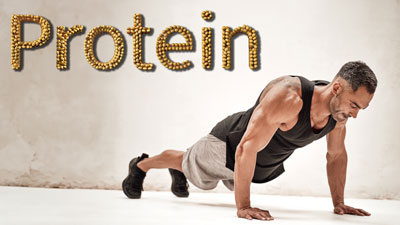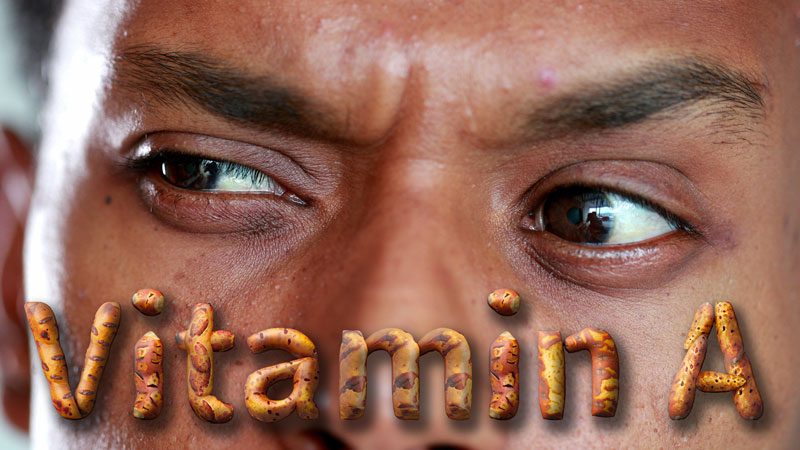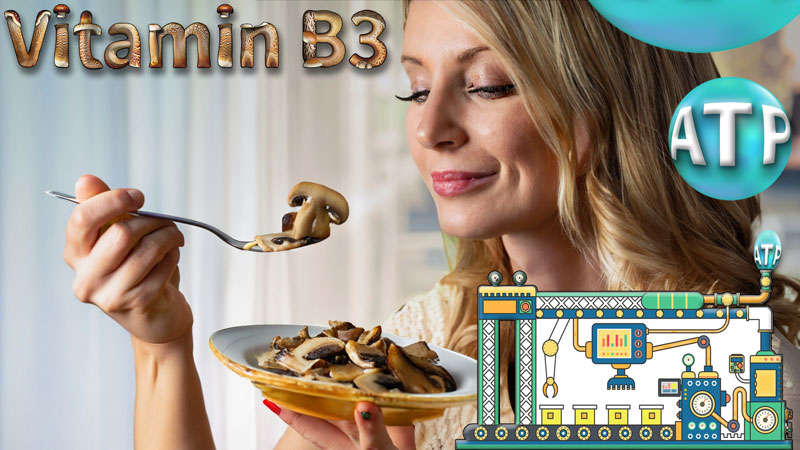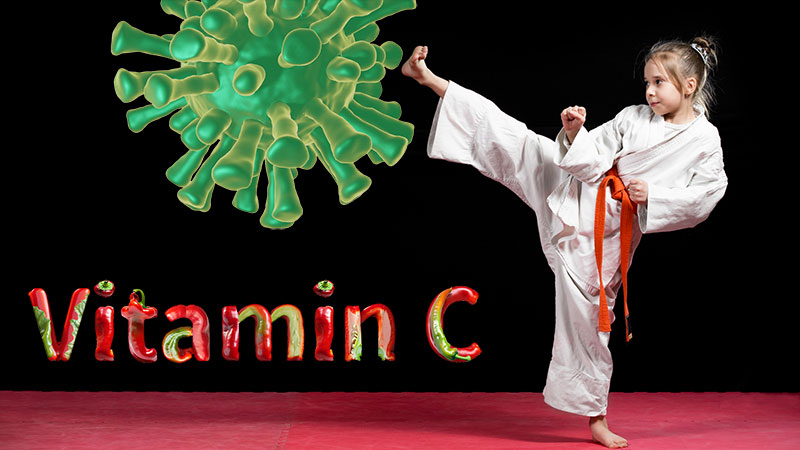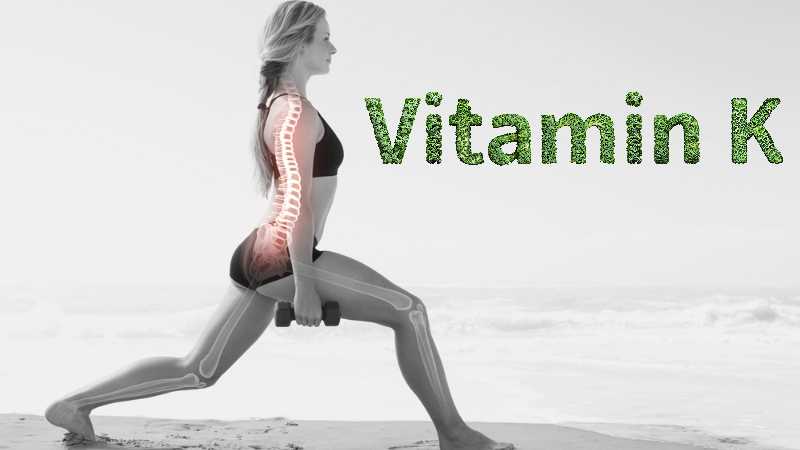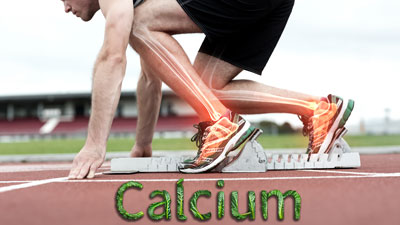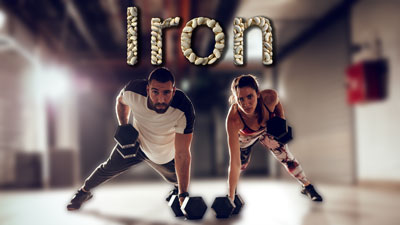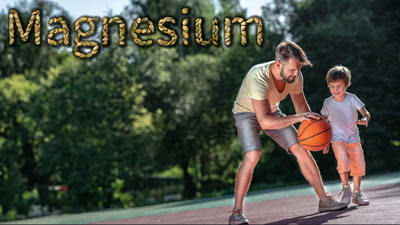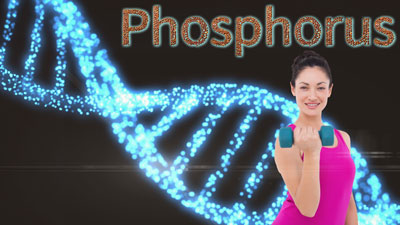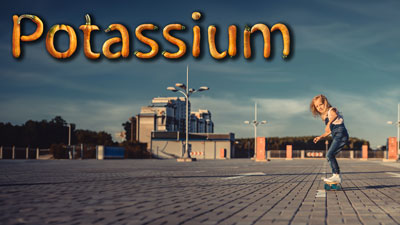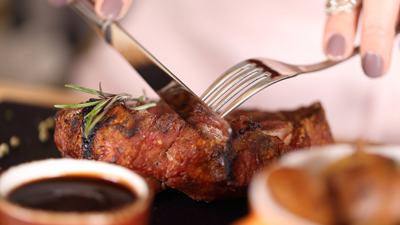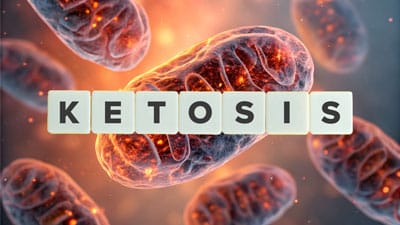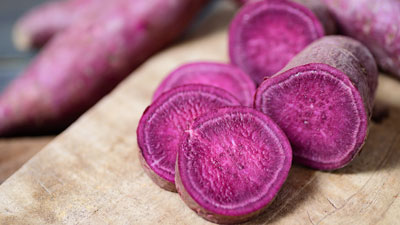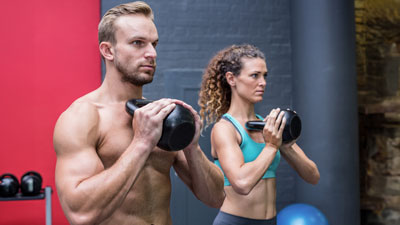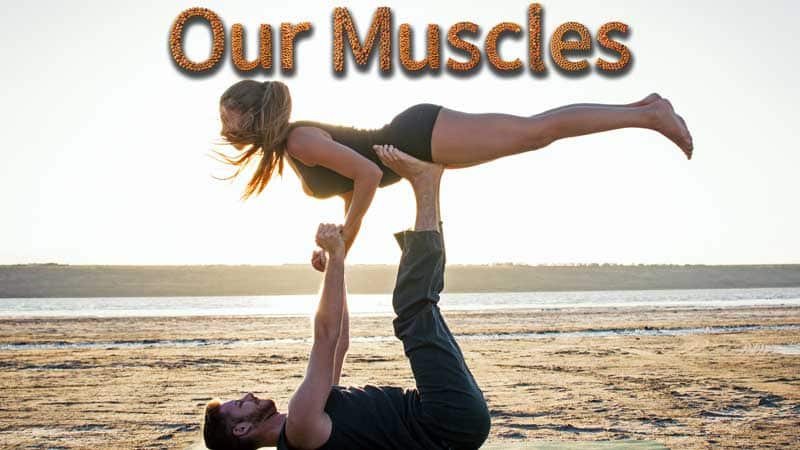
We often hear that the top nutrient for our muscles is protein. Yes, proteins are the building blocks of our muscles. But, muscles don’t just build themselves. They need energy, movement, some level of oxidation, rest, and repair. During each of these steps, our muscles use a myriad of nutrients that we can only get through a healthy and well-balanced diet.
On this page, we focus on skeletal muscles, which are connected to our bones and we move voluntarily. But our heart is also a muscle, and we have smooth muscles in our gut and other organs.
So much depends on having healthy skeletal muscles at all stages of our lives. We need them for movement, posture, balance, strength, metabolism, immune function, and for the health of our bones. Getting a toned-looking body is just a bonus.
While our muscles do need protein, they don’t need the saturated fat that comes with animal-based sources. This fat impairs our insulin receptors in our muscle cells, often leading to type 2 diabetes and the loss of muscle mass. Animal sources also have high amounts of heme iron and methionine that, in excess, can lead to loss of muscle mass and strength.
So, yes, get protein but choose proteins that come in healthier packages, such as legumes, whole grains, nuts and seeds. And open the door to healthy carbs too. Not only do our muscles prefer glucose as their energy source, whole carbs also come with fiber and plenty of nutrients that are needed to help our muscles thrive.
Below, we share more about what these top nutrients do for our muscles, some of their top whole-foods, plant-based (WFPB) sources, and other interesting facts.
Our skeletal muscles are the largest organ in our body, and therefore the largest energy consumers. They are in charge of our voluntary movements, which are the result of muscle contractions. To contract, they need energy, so our muscle cells turn nutrients into energy known as ATP. Their preferred source is glucose, though they can also use fats and even proteins. ATP is also needed for muscle recovery after exercise or injury, when stem cells known as satellite cells get activated and multiply to create new muscle cells.
Below you can find more information on the inner works of our muscles. Hover over each pointer to discover more details.
Metabolism

Contractions
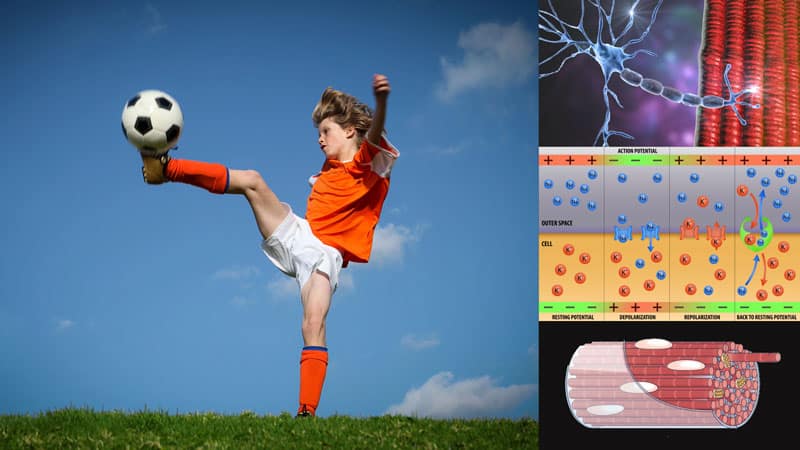
Movement
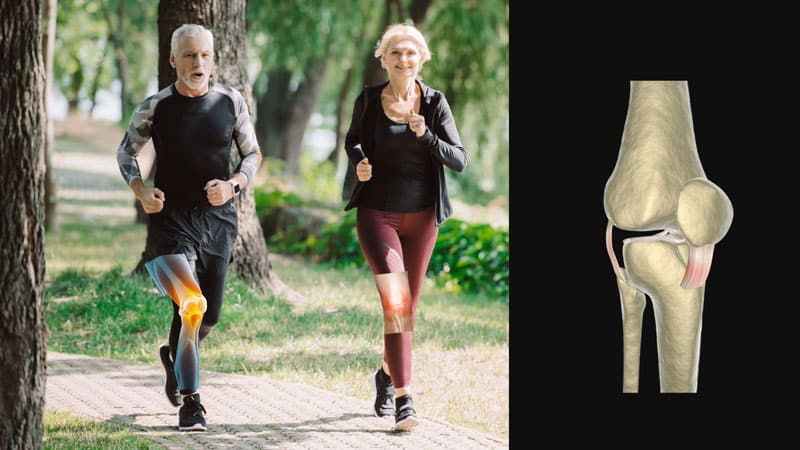
Recovery
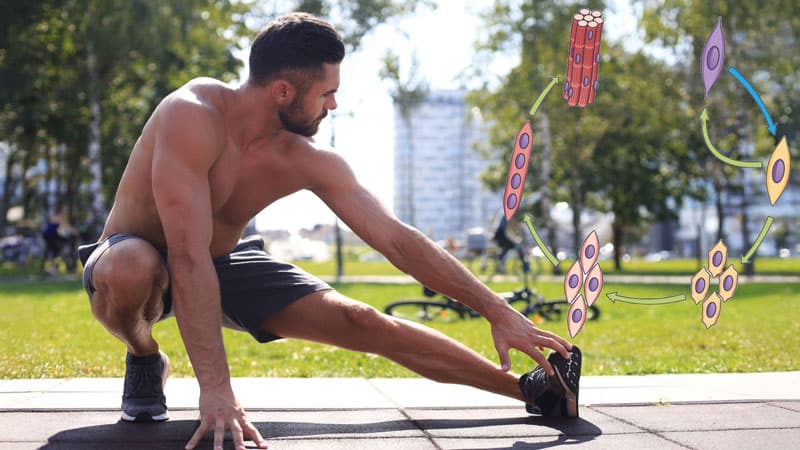
Metabolism
Carbohydrates in the form of glucose are our muscle cells’ preferred source of energy. They absorb it from our blood with the help of insulin. Then, they store it as glycogen for later use. During physical activity, this glycogen is broken down into glucose and used up. We need glucose to maintain and increase our muscle mass, and to help our muscles recover. Choose whole carbs to enjoy other benefits such as fiber, essential nutrients, and phytonutrients.
Metabolism
Short-chain fatty acids (SCFAs) derived from the interaction between our microbiome and dietary fiber help enhance glucose absorption and increase fat oxidation. This can reduce insulin resistance caused by diet, thus reducing our risk of type 2 diabetes or helping us reverse it. Diabetes type 2 also causes muscle mass loss.
Recovery
A diet rich in fiber has been proven to promote an increase in muscle mass and strength. See here.
Our muscles are mostly made of proteins, containing 50-75% of all proteins in our body. These amino acids help in the following areas:
Metabolism
Isoleucine helps our muscle convert nutrients into energy.
Contractions
Lysine helps with calcium absorption, which is important for muscle contractions, including our heart’s rhythm regulation.
Recovery
Leucine, methionine and valine help with the growth and regeneration of our muscle tissue.
Metabolism
Our muscles need vitamin A to increase glucose uptake from our blood and to store it as glycogen for later use.
Contractions
A diet that is low in vitamin A can decrease our muscle capacity to contract and relax.
Recovery
Vitamin A is a strong antioxidant that helps our muscles counteract normal oxidation due to muscle contractions, high use of oxygen, and metabolism rate. This is important to promote muscle regeneration.
Metabolism
Our muscle cells need a molecule named NAD+ to turn glucose and fatty acids into energy. This molecule is produced in our body from precursor vitamin B3 or niacin, which needs to be replenished regularly.
Contractions
NAD+ regulates calcium influx and release which prompts contractions.
Recovery
Increasing our NAD+ levels may also help against age-related muscle mass loss.
Metabolism
Vitamin B6 helps us break down glycogen into glucose for energy production. Plus, it helps prevent oxidative stress and inflammation.
Recovery
B6 increases the formation of proteins and, together with vitamins B9 and B12, it breaks down homocysteine into methionine and cysteine.
Movement
We need cysteine to make collagen for our tendons. Regular exercise helps us maintain higher levels of vitamin B6.
Metabolism
Our body uses folate or vitamin B9 to produce red blood cells that deliver oxygen to our muscle cells for energy production.
Recovery
B9 helps us produce new proteins and, together with vitamins B6 and B12, it breaks down homocysteine into methionine and cysteine for growth and strength. This is important because excess homocysteine leads to toxicity, which may result in the loss of muscle strength as we age.
Metabolism
Our body uses vitamin B12 to produce red blood cells that deliver oxygen to our muscle cells for energy production.
Recovery
Excess methionine from our diet is stored as homocysteine, which can lead to loss of muscle strength. Together with vitamins B6 and B9, B12 breaks it down into methionine and cysteine for muscle growth and strength.
Movement
Cysteine helps us make collagen, the main component in our tendons.
Metabolism
Our body uses vitamin C to make carnitine, a compound that helps us metabolize fats into energy. Low levels of carnitine are linked to muscle weakness.
Movement
We need vitamin C to make collagen, the main component in our tendons.
Recovery
Collagen is also important for muscle structure, elasticity and repair. Getting vitamin C through our diet helps us reduce oxidative stress and muscle damage. High-dose supplements, though, might prevent growth and strength development.
Metabolism
We need vitamin D to metabolize iron, and to absorb phosphorus and glucose. A vitamin D deficiency affects energy production and increases oxidative damage.
Contractions
Vitamin D supports our neuromuscular function. It also helps us absorb calcium and magnesium.
Recovery
Our muscle cells have vitamin D receptors that are activated upon injury or exercise to initiate repair. As we age, the expression of these receptors decreases. Vitamin D supplements help.
Recovery
Vitamin E is a key antioxidant that impacts our muscle mass and strength. Exercise leads to oxidative stress, which prompts our muscle repair mechanisms, but getting to much oxidation is harmful. Inactivity also leads to oxidative stress and is one of the top reasons we can lose muscle mass and strength as we age. Dietary vitamin E can help us maintain that oxidation in check. However, taking high-dose vitamin E supplements could suppress oxidation to the point of preventing muscle regeneration.
Metabolism
Vitamin K may increase energy production in muscle cells.
Contractions
It improves muscle function and aids calcium absorption.
Movement
It helps prevent severe falls particularly in elderly women – Only vitamin K1, found in dark leafy greens and vegetables, helps with function and fall prevention. Vitamin K2, found in animal-based and fermented products, doesn’t.
Recovery
Vitamin K is involved in the production of important proteins needed for muscle regeneration.
Contractions
Calcium is so important for our muscles, that our muscle cells developed an organelle designated for storage and rapid release of calcium. This calcium release is particularly important to generate muscle contractions.
Recovery
Our muscle cells also use calcium for signal transduction, which is when muscle cells react to signals from their environment resulting not only in muscle contractions, but also in muscle growth and repair.
Metabolism
Our muscle cells need iron for oxygen supply which they use to make energy (ATP) from glucose.
Studies show that having proper levels of iron has a positive effect on aerobic exercise like running or dancing, and anaerobic exercise like sprinting or weightlifting.
Our body eliminates excess plant-based iron, but it can’t remove excess animal-based iron. Excess iron stores in our muscles cause oxidative stress which decreases muscle mass and function.
Metabolism
Magnesium is key for energy or ATP production in our muscle cells. It also binds to ATP molecules to activate different functions, including the production of proteins.
Contractions
Magnesium improves performance. It works with calcium during muscle contractions, and a deficiency often leads to cramps or muscles spasms.
Recovery
It is a strong anti-inflammatory and antioxidant, and it helps reduce muscle soreness due to exercise.
Metabolism
Mitochondria uses 90% of oxygen in our cells and manganese is a component in its top antioxidant enzyme. We also need manganese to metabolize carbohydrates, amino acids and cholesterol, and to produce glucose from non-carbohydrate precursors during intense exercise.
Movement
We need manganese to make collagen, the main component in our tendons.
Recovery
Our muscles also use collagen for structure, elasticity and repair.
Metabolism
Our muscle cells produce energy in the form of ATP, where “P” stands for phosphate. So, having a good supply of phosphorus is key to powering up our muscle contractions and recovery. Phosphate is also part of ADP and creatine phosphate, which store energy when our muscles are resting. A phosphorus deficiency often leads to muscle pain and weakness.
Contractions
We need potassium to maintain fluid balance in our muscle cells. As sodium enters a cell to prompt muscle contractions, potassium exits the cell to maintain balance. Once our muscle relaxes, potassium is pumped back into the cell as sodium is pumped out. A potassium deficiency alters this balance, often leading to muscle weakness and cramps.
Contractions
We need sodium to trigger muscle contractions. After our brain sends an impulse through our motor nerves, a channel opens to allow sodium into our muscle cells. This provokes the release of calcium within our cells resulting in muscle contractions. As our muscles relax, sodium is pumped back out of our cells until a new impulse prompts it back in.

57% of the zinc in our body is in our muscles.
Recovery
Our muscle cells use it to maintain the integrity of our DNA and to make proteins needed for muscle function and growth. Zinc also has a key role in muscle regeneration because it promotes the activation and proliferation of our muscle stem cells or satellite cells as a response to exercise or injury.
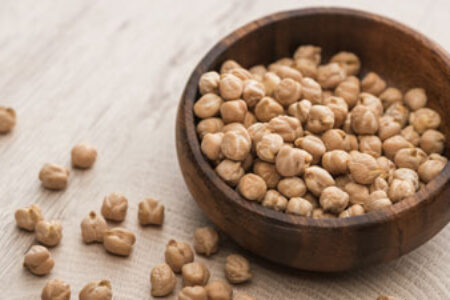
Chickpeas
Rich in protein, fiber, vitamin B9, calcium, iron, magnesium, manganese, phosphorus, potassium & zinc.

Pumpkin
Rich in fiber, vitamin A, vitamin E, vitamin K, iron, manganese and potassium.
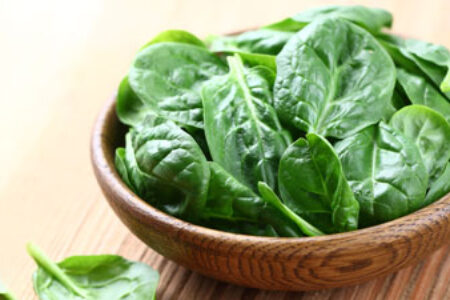
Spinach
Rich in vitamin A, vitamin B6, vitamin B9, vitamin C, vitamin E, vitamin K, iron, magnesium, manganese & potassium.
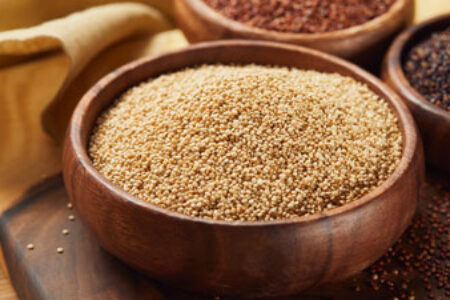
Quinoa
Rich in fiber, vitamin B6, vitamin B9, magnesium, manganese, phosphorus and zinc.

Banana
Rich in glucose and fructose, and a good source of vitamin C, vitamin B6, magnesium, manganese & potassium.
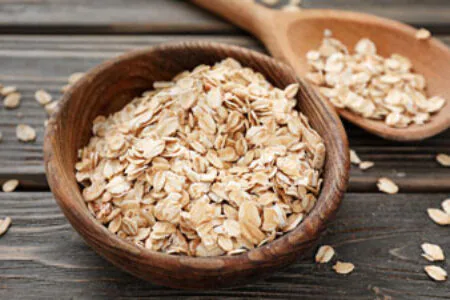
Oats
Rich in protein, fiber, iron, magnesium, manganese, phosphorus & zinc.
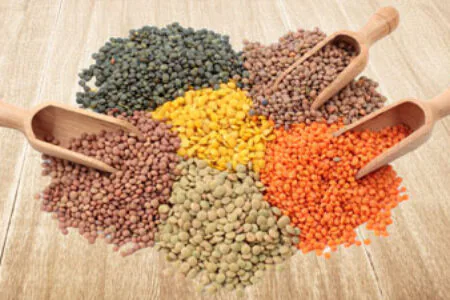
Lentils
Rich in protein, fiber, vitamin B6, vitamin B9, iron, magnesium, manganese, phosphorus, potassium & zinc.
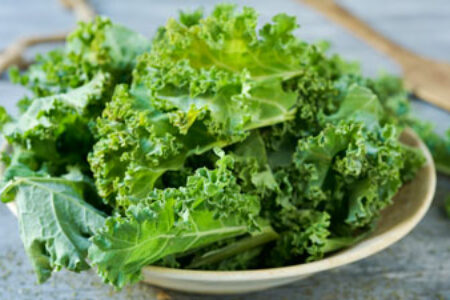
Kale
Rich in vitamin A, vitamin C, vitamin K, calcium, manganese and potassium.
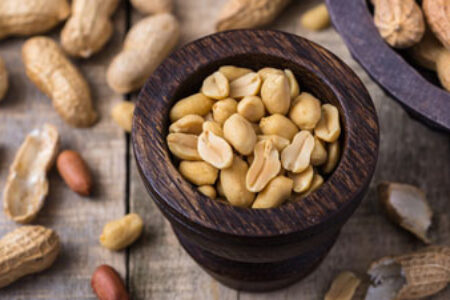
Peanuts
Rich in protein, vitamin B3, vitamin B9, vitamin E, magnesium, manganese & phosphorus.
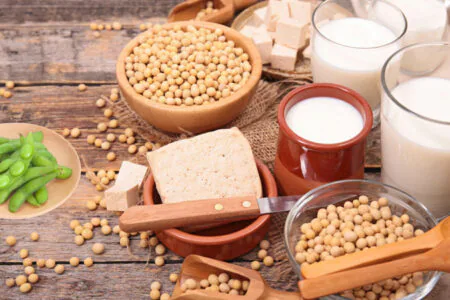
Soybeans
Rich in protein, vitamin B9, vitamin K, calcium, iron, magnesium, manganese, phosphorus & zinc.

Asparagus
Rich in fiber, vitamin B9, vitamin K, iron, manganese & potassium.
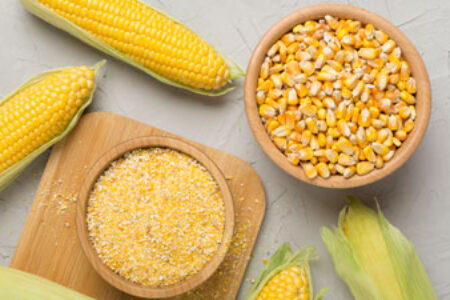
Corn
Rich in fiber, vitamin B3, vitamin B6, magnesium, manganese, phosphorus & zinc.
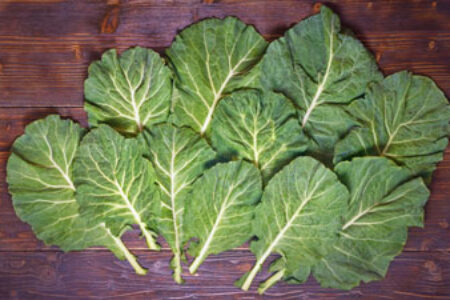
Collard Greens
Rich in fiber, vitamin A, vitamin B9, vitamin C, vitamin E, vitamin K, calcium & manganese.
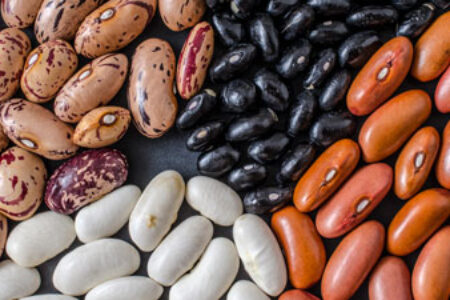
Beans
Rich in protein, fiber, vitamin B6, vitamin B9, calcium, iron, magnesium, manganese, phosphorus, potassium & zinc.
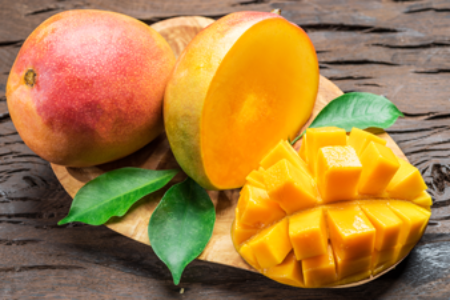
Mango
Rich in glucose and fructose, a good source of vitamin A, vitamin B6, vitamin B9, vitamin C & potassium.
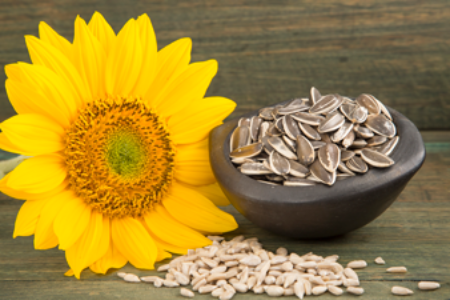
Sunflower Seeds
Rich in protein, vitamin B3, vitamin B6, vitamin B9, vitamin E, magnesium, manganese, phosphorus & zinc.

